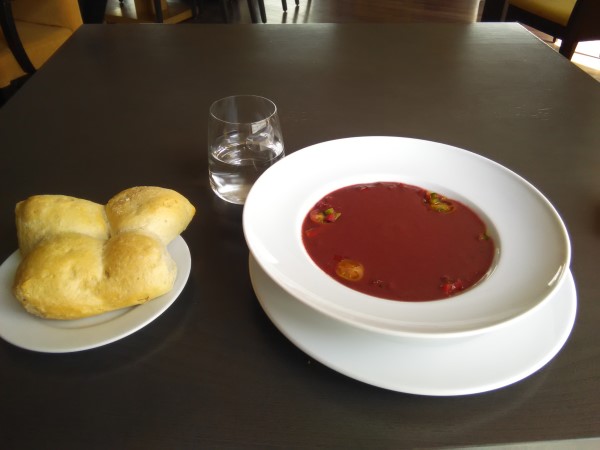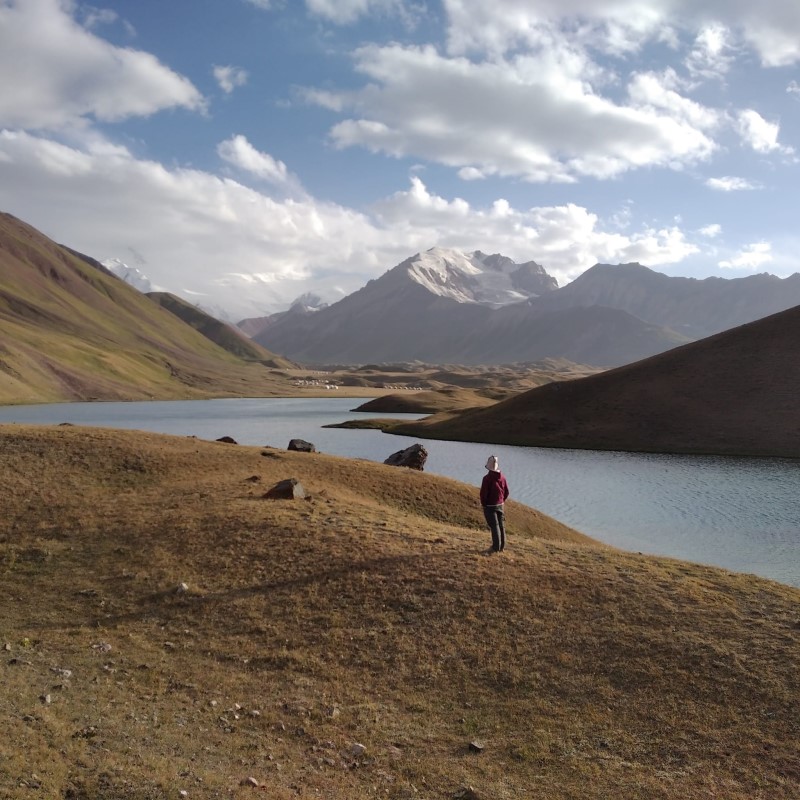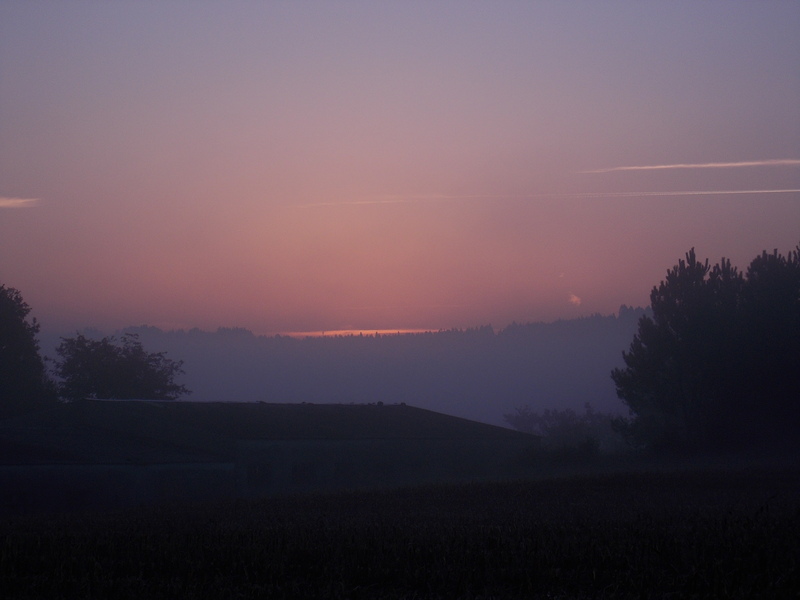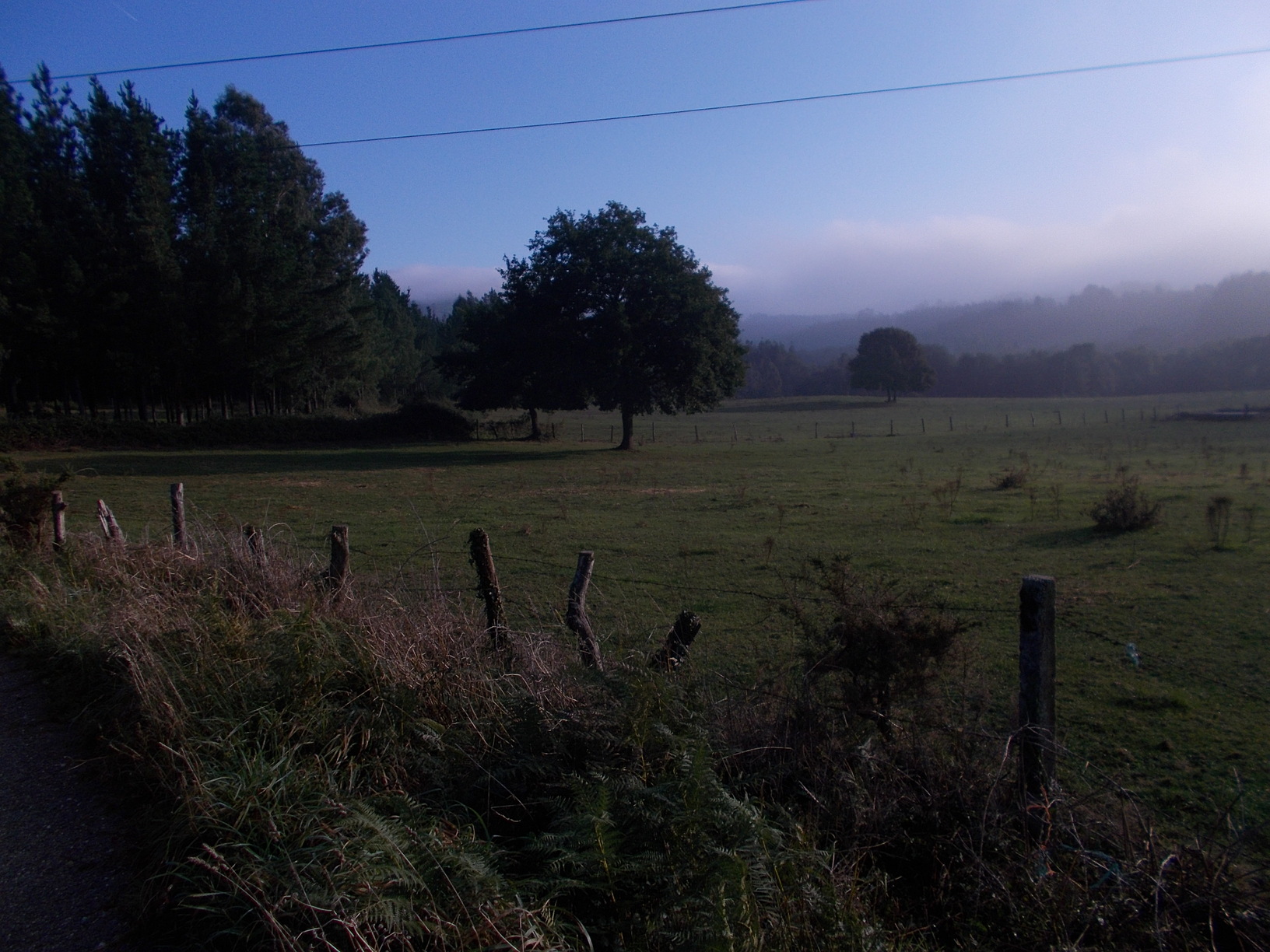Camino del Norte, or Camino de la Costa, or simply the “Coastal Camino”. Some people love it and will return every year, for endless beaches and pleasant temperature in the summer, and actually now with the climate change even in spring and autumn. Or perhaps they come back for the healing power the waves of the Atlantic ocean, and for the Spanish sun :).
Other pilgrims say it is too touristic, and claim that they didn’t find what they were looking on this camino. The truth is that Camino del Norte can be everything–touristic, deserted, sunny, rainy. It really depends on the time of the year, and that’s exactly what we are going to look at in today’s post–what’s the best time to walk Camino de la Costa.
Table of Contents
The high season-July and August (and first half of September)
Let’s start with the peak time. When your main concern is weather, that means you do not want to walk much in the rain, and at the same time you want the water to be warm enough to jump into it once in a while, to give your body a nice treatment after a long day of walking, July and especially August are your months to go. With the climate change and how the weather have developed in the last few years, we can calmly add first 20 days of September to this period.
In July and August, everything is open on the coast. Each pilgrim hostel that exists in this location, every restaurant (including the temporary places “on wheels” that open on the beaches), all churches, attractions, simply everything. Though it may seem ideal, it also comes with a price. Because places get really crowded, especially in August, when Spaniards from the south migrate to the Northern coast, for a much pleasant weather than the 40 degrees Celsius they have in the south.
Albergues do also fill up quickly, not only with pilgrims but also with the so called “turigrinos“, that means people (typically young Spanish) who only pretend to be pilgrims, whereas in fact they travel mostly by buses and simply stay in pilgrim hostels to have a cheap accommodation close to the beach.
Prices are also at all times high during the summer. Camino del Norte is definitely the most expensive camino in July and August. I remember paying 100 euros for a night in an ordinary hotel in Llanes, simply because I could not find anything else in a reachable distance, and I had already spent the previous night sleeping outside, and didn’t feel like doing it again, at least not the very next night :).
* Special Tip: Do you know that we have now an amazing guide for Camino del Norte online? 31 stages all the way from Irun to Santiago, with maps, GPX files, elevation gain and loss for each stage, natural, historic, and culinary places worth seeing, alternative routes (to avoid excessive road walking), and much more? Check it out here: Camino del Norte Guide. Simply pick a stage and see for yourself. Make sure that you do not miss the best of this Camino while eventually walking it…
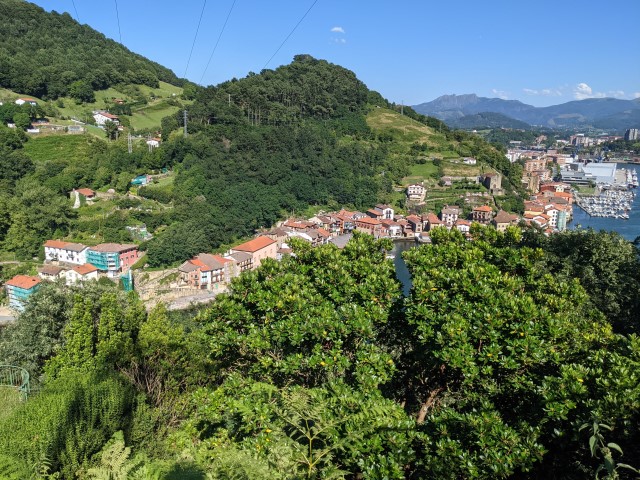
– Pasaia, a beautiful town you’ll pass on your way from Irun to San Sebastian (the typical first day of pilgrims on the Camino del Norte). On a beautiful July day like this one, it is completely packed with people…
May, June and late September–between the main season and the low season
If you are looking for a more “pilgrim-like” experience on northern caminos, your best bet is to walk in May or second half of September. First half of June is also great. During this time most hostels for pilgrims are open (though not all the places, but 90% are), and you won’t have problems locating a restaurant to get a nice meal. It also doesn’t rain that much in May or September, though on a one month long camino you have to count with 5-10 days of rain, meaning that on such days it rains most of the day. That’s the weather situation especially for May, in September things are now typically better with the climate change. North of Spain is very green, and when you have green places it means it rains a lot :).
The many nice coastal towns will still be half-empty, and you can enjoy the sights without being constantly surrounded by people with ice creams and cameras . Don’t worry though, many ice cream shops are open from May, so you can get one when you feel like having it. You shouldn’t find it hard getting a place in an albergue in this season of the year (though this may also change, because the coastal camino is more popular every year), and the Spanish sun is already strong, so you can walk most days in your shorts and t-shirt only–unless it rains, of course.
Having said that, the water is still pretty cold, and though you may see some people in the ocean, it isn’t the same like in July or August. On a flip side, you will have some beaches almost for yourself, and it is also easier camping close to the beach (or elsewhere on the way), since police does not patrol these places as often as they do in the summer months.
April and October – Spring and autumn, beginning and end of “the season”
There is some magic in walking Camino del Norte in April. Colorful flowers bloom, seagulls sing their songs in bulk, the sun is already much warmer than it is in most places of Europe, and you can experience spring on your skin. What’s more, many private albergues open from the start of April, so you won’t find it hard getting a comfy bed to sleep, without a need of walking 50 kilometers a day. Most people you will meet on the trails and beaches will be either locals or pilgrims, since tourists won’t go to the North of Spain in April. In such a season they prefer Andalusia or Murcia or Valencia… October is a similar story, just without the flowers :).
Each season has its pluses and minuses, however. Forget about swimming in the ocean and suntanning on the beach. The water is just too cold, and with the wind that almost always blows on the beaches of Northern coast in this part of a year, you will be shivering without a jacket. Having said that, spring ocean has its beauty, and the waves can still heal your soul. It is very inviting to sit by and listen, but not that much when it comes to jumping in.
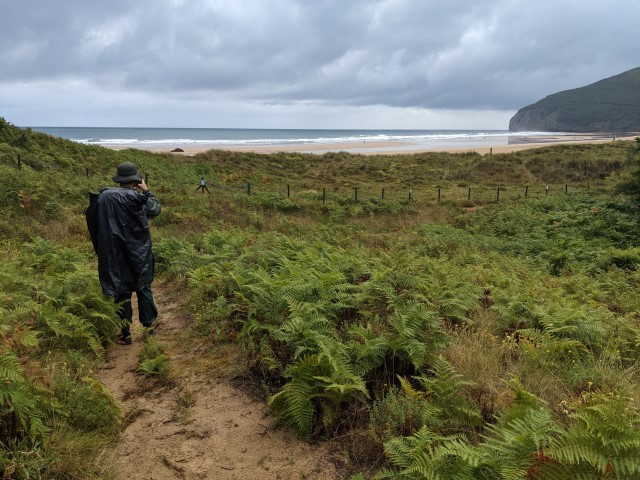
– Pilgrim Ignacio in his raincoat, descending to “Playa de Berria” between Santona and Noja. Walking in the low season, you’ll use this piece of equipment almost on a daily basis. Unless you use an umbrella, which is my personal preference 🙂
November – March – out of the season
People who’ve been to these coastal towns in the midst of summer often struggle to recognize them in winter. Many people leave, some restaurants and hotels close their doors, and the buzzing streets suddenly become almost deserted. And sometimes (not always!) it rains a lot.
Walking in January (as an example), you can count with having a rainy day more or less every second day of your camino. Having said that, you may be lucky and experience a relatively dry month even in winter… But the frequent rain is probably the main reason why only a few pilgrims follow the northern caminos in winter. Some of us like to walk in a rain for a day. But spending half of the camino walking in the rain is another story :).
Now it doesn’t mean you cannot do Camino del Norte from November to March. Because public albergues (and also some private places) remain open. And when you cannot find an open albergue, you can always stay in some of the hotels in the coastal towns, paying much less for a night than you’d pay in July or August. If you are looking for solitude and lonely walks next to the ocean, do not mind rain and want to meet some diehard pilgrims, it can be your time of a year. Especially if you can make last-minute decisions, and start your pilgrimage based on the weather forecast (seeing that it is pretty good for next 10 days, getting a flight/train/bus ticket and simply starting the next day).
Final thoughts
Something like a “best time to walk Camino del Norte” does not exist. Because each pilgrim has their unique story, their dreams and goals, and only they know what they are looking for while doing the Spanish pilgrimage.
I hope this article helped you to understand what Camino del Norte has to offer in various seasons of the year, pluses and minuses of walking in February, April, July, September, and any other month of the year. Once you understand these things and contemplate a bit on what you are looking for on your pilgrimage, you should be able to choose the best time for your walk. I hope you will enjoy your Camino, and see you in Spain!
P.S. Do not forget to check our new Guide for Camino del Norte (completely free and online), to make sure you do not miss the best things on this beautiful Camino, and know what to expect along the way…
Matej
May also interest you:
- Ultralight camino packing list
- Camino progress tracker – enter any town on your Camino del Norte and see the numbers.



![Ultralight Packing List for Camino de Santiago [2025 Edition]](https://caminolovers.com/wp-content/uploads/2022/03/altra-shoes-640-x-480.jpg)
